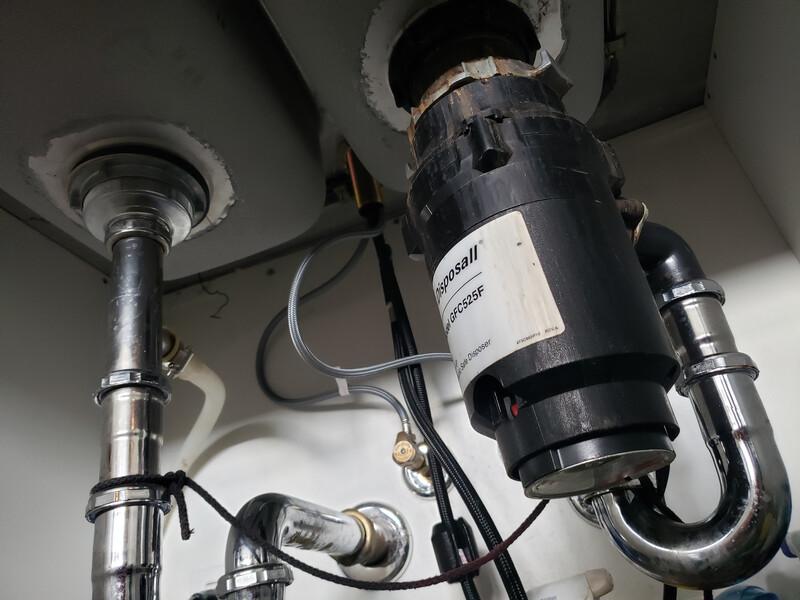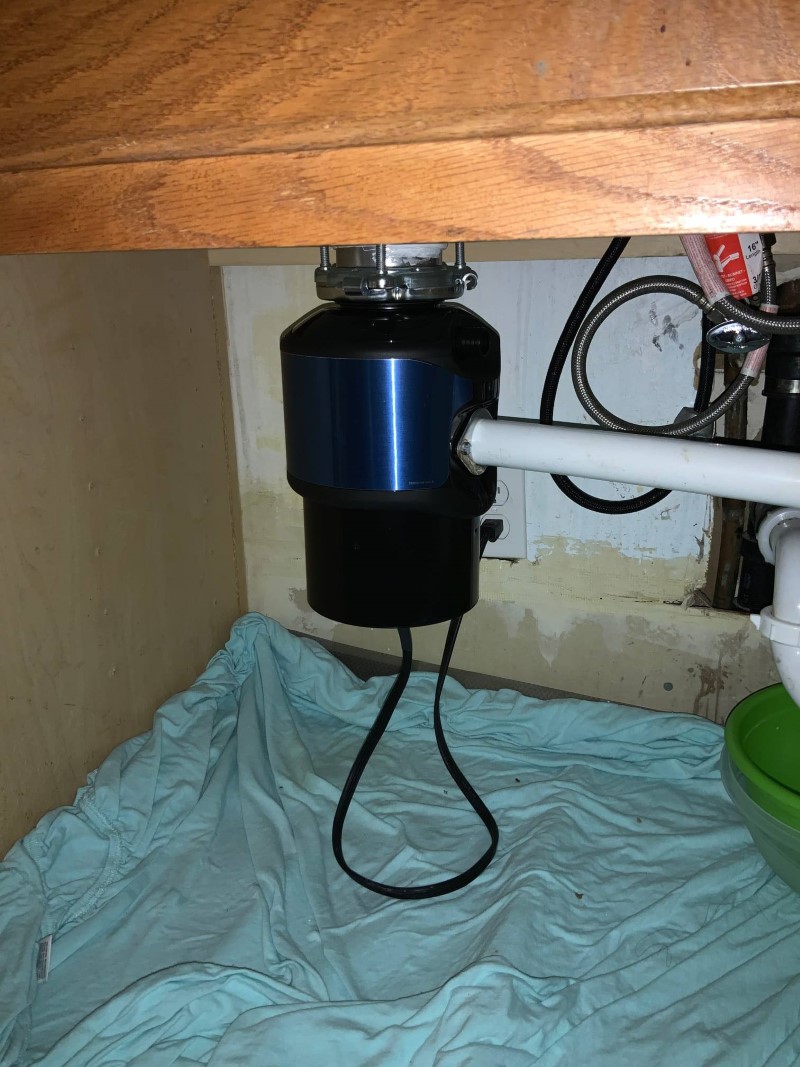Are you on the lookout for resources on Why Is ?

Waste disposal unit are vital kitchen appliances that aid in taking care of food waste successfully. However, a dripping waste disposal unit can be a discouraging and untidy problem to handle. Fortunately, numerous leaks can be fixed conveniently with a few basic steps. In this short article, we will certainly talk about exactly how to repair a dripping garbage disposal efficiently.
Introduction
Waste disposal unit are set up under kitchen area sinks and are developed to shred food waste into smaller pieces, allowing it to travel through the plumbing system quickly. While these devices are typically reliable, leaks can occur in time due to deterioration, loosened links, or damages to the unit.
Usual Root Causes Of Leaks in Rubbish Disposals
Worn Seals and Gaskets
Seals and gaskets play a vital role in protecting against water from dripping out of the garbage disposal. Gradually, these components can deteriorate, resulting in leaks around the disposal unit.
Loose Links
The connections between the waste disposal unit and the pipes system can become loose with time, triggering water to leakage out throughout operation.
Splits or Holes in the Disposal Device
Physical damage to the garbage disposal, such as splits or holes in the housing, can also cause leaks.
Recognizing the Resource of the Leakage
Prior to attempting to deal with a leaking waste disposal unit, it is necessary to determine the source of the leak. This can usually be done via visual examination or by conducting easy examinations.
Visual Evaluation
Inspect the waste disposal unit device thoroughly for any type of indicators of water leakage. Pay close attention to locations around seals, gaskets, and link points.
Examining for Leaks
One way to check for leakages is by running water via the disposal device and checking for any kind of noticeable indicators of leak.
Tools and Materials Needed for Fixing a Dripping Garbage Disposal
Before starting the repair service procedure, collect the necessary tools and products, consisting of a screwdriver, adjustable wrench, plumber's putty, replacement seals or gaskets, and epoxy or patching product for fixing splits or holes.
Step-by-Step Guide to Repairing a Leaking Waste Disposal Unit
Shut off the Power
Before trying any type of repair services, make certain that the power to the waste disposal unit unit is turned off to stop the risk of electric shock.
Locate the Leakage
Determine the exact location of the leak and determine the cause.
Tighten Links
Use a wrench to tighten up any loosened links between the disposal system and the pipes system.
Change Seals or Gaskets
If the leak is because of worn seals or gaskets, remove the old components and replace them with brand-new ones.
Patching Splits or Openings
For fractures or holes in the disposal system, usage epoxy or an appropriate patching material to secure the broken location.
Testing the Garbage Disposal After Repair
As soon as the repair is total, test the garbage disposal by running water through it to make certain that the leak has actually been fixed.
Preventive Upkeep Tips to Stay Clear Of Future Leakages
To avoid future leaks, it is essential to carry out routine upkeep on your waste disposal unit. This includes keeping it tidy, preventing placing non-food items or difficult things down the disposal, and periodically looking for leaks or other problems.
Final thought
To conclude, fixing a dripping waste disposal unit is a reasonably straightforward procedure that can be finished with basic tools and materials. By complying with the actions detailed in this write-up and practicing preventative upkeep, you can maintain your waste disposal unit in good working problem and stay clear of pricey fixings in the future.
What to Do About a Leaking Garbage Disposal
A leaking garbage disposal often goes unnoticed until you confront a sopping cabinet, a foul-smelling puddle, or an audible drip-drip-drip from the unit. The fix can be frustrating, too, because the leak can stem from a number of components in the system. Fortunately, with a little sleuthing, you can zero in on the leak and—depending on the exact location—stop the icky oozing and repair the component that caused it. Worst case scenario, if it turns out that the garbage disposal must be replaced, installing a new one is a reasonable do-it-yourself task for those with basic plumbing skills. Read on to keep the cash you’d otherwise hand over to a pro.
Prepare to find the leak
Prior to testing the garbage disposal for leaks, unplug it at the wall outlet and turn off the power from the breaker box to prevent electrical shock. Then insert a watertight sink stopper into your sink drain and wipe the unit dry with a clean cloth. In any handy container, mix a few drops of food coloring into a few cups of water, and pour the dyed water onto the sink stopper to help you locate the leak.
Investigate the source
the top, where the disposal meets the sink drain the side, where the dishwasher hose or main drain pipe connects to the disposal or the bottom of the unit Inspect each of these locations while gliding a light-colored rag over the unit; the dyed water will readily show on the rag and reveal the location of the leak. If a leak isn’t immediately apparent, remove the sink stopper and pour a few more cups of dyed water down the sink drain, then check for leaks again. Leaks near the top of the unit are more likely to show themselves while the sink is plugged, while side and bottom leaks are more noticeable while the sink is unplugged.
The metal sink flange that sits directly inside the sink drain is typically sealed around the top with plumber’s putty (a clay-like sealant) and then secured from under the sink with bolts. If the plumber’s putty deteriorates, or the bolts loosen, the flange can no longer form a watertight seal between the sink drain and the disposal—which could cause a leak at the top of the unit.
To reseal the leaky flange, you must first detach the garbage disposal. Start by loosening the screws securing the main drain pipe to the disposal, then loosen the screws in the metal clamp securing the dishwasher hose to the disposal and detach the drain pipe and dishwasher hose from the disposal. Loosen the screws in the mounting ring that connects the disposal to the metal mounting assembly beneath the sink, then pull down the disposal and carefully set it on a clean, dry surface. Loosen the bolts in the mounting assembly with a wrench, then pull down the mounting assembly and set it near the disposal.

We were made aware of that report about Tips on Fixing a Leaking Garbage Disposal through someone on a different domain. Are you aware of somebody else who is sincerely interested in the niche? Be sure share it. Thanks a bunch for your time. Come back soon.
At This Website